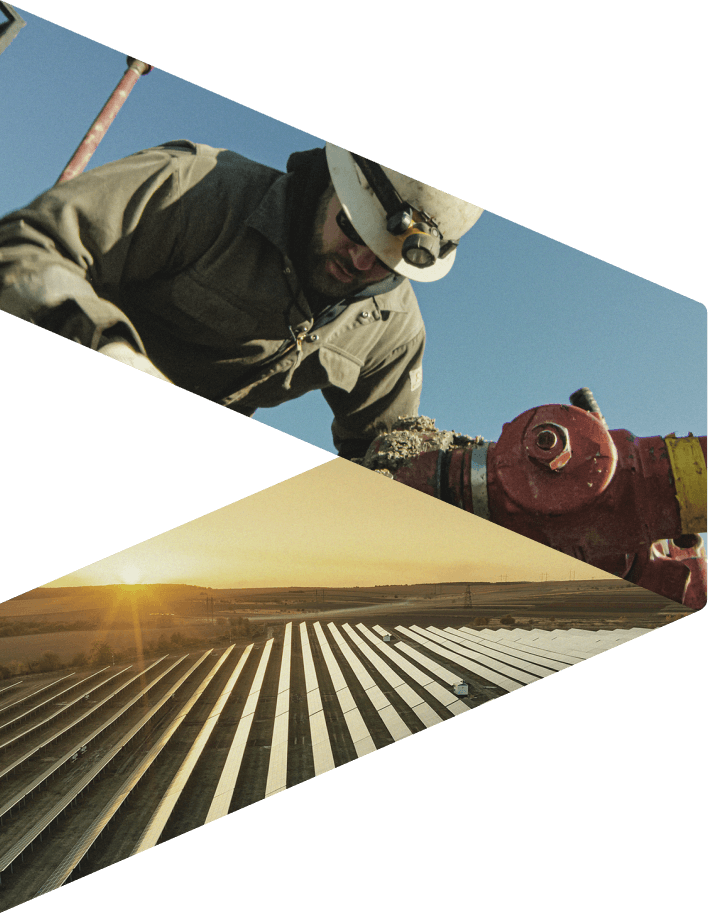Safety Climate Survey
Create a proactive safety culture
Capture individual worker’s views on safety across your operations. Engage your teams to be involved and proactively mitigate risks.
Capture individual worker’s views on safety across your operations. Engage your teams to be involved and proactively mitigate risks.

“Conducting a safety climate survey helps assess employees’ perceptions of workplace safety, identify potential issues, and foster a culture of safety, ultimately reducing accidents and improving overall productivity.”
Josh Ortega, VP Safety, Sustainability & Procurement

Trustworthy results you can use to guide your decision-making process for the health and safety of our organization.

Engage your teams to be involved and proactively mitigate risks.

Use real-world data from your frontline to determine where to focus to make safety impacts.

Capture individual worker’s views on safety across your operations. By using real-world data to prioritize change, and proactively mitigate risks, you can reduce future incidents. The statistically proven survey format is based on the NOSACQ-50 framework.
The Veriforce Safety Climate Survey follows the Nordic Occupational Safety Climate Questionnaire format, aka NOSACQ-50. This survey was built and proven out by a network of occupational safety researchers. It is based on organizational and safety climate theory, psychological theory, previous empirical research, and empirical results acquired through international studies and a continuous development process.
The questionnaire consists of 50 questions across 7 key safety climate dimensions
